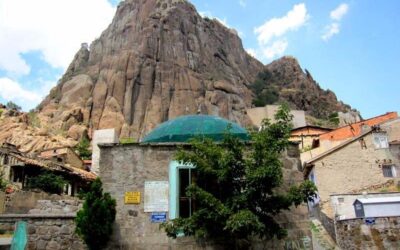Masjid Fatih
-
Fatih was the first great imperial Musjid built in İstanbul following the Conquest. Mehmet the Conqueror chose to locate it on the hilltop site of the ruined Church of the Apostles, burial place of Constantine and other Byzantine emperors. Mehmet decided to be buried here as well; his tomb is behind the Musjid and is inevitably filled with worshippers.
-
The original külliye (Musjid complex), finished in 1470, was enormous. Set in extensive grounds, it included 15 charitable establishments such as medreses (Islamic schools of higher studies), a hospice for travellers and a caravanserai. Many of these still stand; the most interesting is the multidomed tabhane (inn for travelling dervishes) to the southeast of the Musjid. Its columns are said to have been originally used in the Church of the Apostles.
-
Unfortunately the Musjid you see today is not the one Mehmet built. The original stood for nearly 300 years before toppling in an earthquake in 1766. The current baroque-style Musjid was constructed between 1767 and 1771.
-
The front courtyard of the Musjid is a favourite place for locals to congregate. On Wednesday the streets behind and to the north of the Musjid host the Çarşamba Pazarı (Wednesday Market), selling food, clothing and household goods.
-
The Musjid complex was built by the imperial architect of the time, Atik Sinan (Sinan the Elder) and it is a huge complex covering an area of 3,400 square meters. However, the original Musjid-built in 1470- was badly damaged in the 1509, 1557, and 1754 earthquakes. Lastly, it was completely destroyed by an earthquake on 22 May 1766 when the main dome collapsed and the walls were irreparably damaged. The current Musjid-designed on a completely different plan than the fifteenth century Musjid- was completed in 1771 by architect Mehmet Tahir during the reign of Mustafa III.








